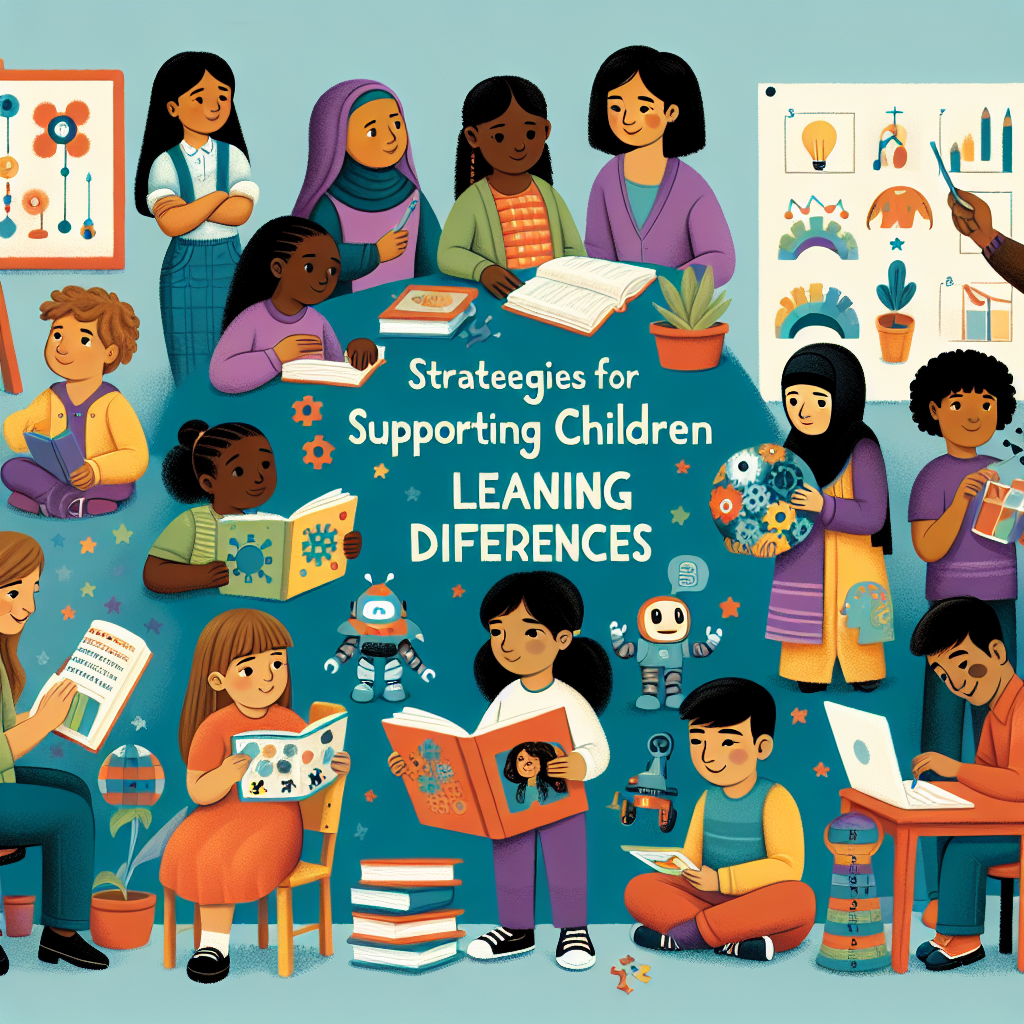Strategies for Supporting Children with Learning Differences

Strategies for Supporting Children with Learning Differences
Every child is unique, and this uniqueness extends to their learning styles. Unfortunately, traditional educational systems often fail to cater to the diverse needs of children with learning differences. By employing targeted strategies, parents and educators can significantly enhance the learning experience for these children. Let’s dive into some practical, effective approaches.
Understand the Child’s Specific Needs
The first step in supporting children with learning differences is understanding their specific challenges. This could range from dyslexia to ADHD, each requiring a tailored approach. It’s crucial to get a formal evaluation to identify the exact nature of the learning difference.
Pro Tip: Engage a specialist for an assessment to understand your child’s unique learning profile.
Create a Supportive Learning Environment
Ensuring that the learning environment is supportive is essential. A quiet, organized, and well-lit space can make a significant difference. Minimize distractions and set up a routine that your child can follow easily.
- Limit noise and visual distractions.
- Ensure all materials and resources are easily accessible.
- Set a fixed schedule to build consistency.
Utilize Multi-Sensory Instruction
Children with learning differences often benefit from multi-sensory instruction, which engages more than one sense at a time. For example, incorporating visual, auditory, and kinesthetic elements into a lesson can help solidify concepts.
Example: Use tactile resources like clay for math, play educational videos, and incorporate physical activities to explain abstract concepts.
Implement Technology and Digital Resources
Technology can be a game-changer for children with learning differences. From text-to-speech software to specialized educational apps, there are numerous tools available to support various learning styles.
For those in search of ongoing educational content and tips, exploring Telegram Channels for Students provides access to a rich repository of resources tailored to diverse educational needs.
Employ Positive Reinforcement
Positive reinforcement encourages children by acknowledging their efforts and milestones. This could be through verbal praise, rewards, or a simple gesture of appreciation.
- Celebrate small victories to build confidence.
- Use a reward system for achieving goals.
- Encourage effort over outcome.
Collaborate with Educators and Specialists
Community collaboration is key. Regularly communicate with your child’s educators and involve specialists such as speech therapists or occupational therapists when needed. This ensures a cohesive support system.
Tip: Attend parent-teacher meetings, stay in touch through emails, and participate in learning strategy discussions.
Encourage Self-Advocacy
As children grow, teaching them to advocate for their own needs becomes crucial. Equip them with the skills to express their challenges and seek help when necessary. This not only empowers them but also fosters independence.
Practical Steps: Role-play various scenarios to practice self-advocacy, and encourage them to speak up during school consultations.
Endnote: Every Step Counts
Supporting children with learning differences is a journey that requires patience, understanding, and the right tools. By implementing these strategies, you can help your child not only cope with their challenges but also thrive academically and personally.
Remember, resources like Popular Education Channels on Telegram can provide you with additional tips and resources tailored to diverse learning needs.
Every child’s path is unique, and with the right support, they can overcome any hurdle and reach their full potential.
Remember: It’s not about sailing through without challenges, but about learning to navigate through them skillfully.